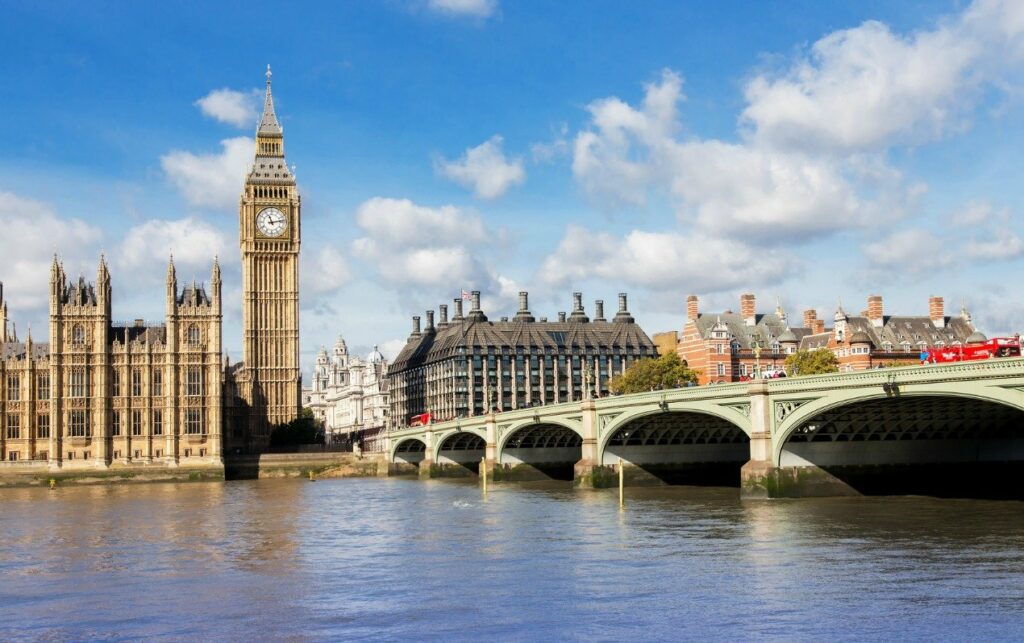For some reason Donald Rumsfeld took a lot of heat back in 2002 for warning about the danger of things “we don’t know we don’t know”. But science is very alert to them. Indeed, a recent American story about rising obesity and falling diabetes rates was full of people excited to realize we don’t know what’s going on. And encouragingly, the recent U.S. tornado season has seen unaccustomed hesitation in news media, if not politicians, agitated Gaia-worshippers or the usual alarmist scientist suspects, in attributing it to climate change. If we don’t know why something is happening, it’s very important to know that we don’t know.
PBS said soberly that “Some signs point to human-made climate change, but those conclusions are mixed at best.” And NBC actually ran a story headlined “What's fueling the spate of recent tornadoes across the U.S.?” with the subhead “Scientists say the number of tornadoes per outbreak is increasing, but explaining this uptick has been challenging.” The story responsibly went on to observe that “Part of the problem is that there is a lot of variability from year to year. Last year was a very quiet year for tornadoes, becoming the first year since modern record-keeping began in 1950 that there were no ‘violent’ tornadoes in the U.S.” violent here meaning winds of 166 mph or higher. (It was also, though the story did not say so, the year with the fewest American tornado-related deaths on record.)
The story went on to present climate change as established fact. But one can’t have everything. And another NBC story actually presented recent strange weather as most probably the result of “the return of El Niño” which it called “a naturally occurring climate pattern”. That one went on to quote Phil Klotzbach of Colorado State University that “If you ask 100 scientists about the impact of El Niño on tornadoes, you might get 100 different answers” and then wrote “Another thing that is not yet well understood is how El Niño events may be affected by climate change. According to a study published in December 2018 in the journal Nature, El Niños may become stronger and more frequent as carbon dioxide and other greenhouse gases trap heat in the atmosphere, raising global surface temperatures and warming the planet’s oceans. But Klotzbach said more research is needed…”
Now it might seem to be one more exercise in putting climate alarmism beyond the reach of empirical testing and into the realm of metaphysical dogma to say models don’t know whether warming means more tornadoes or fewer, stronger or weaker, and the same for El Niños. But in a debate that often seems to run in circles screaming and shouting, it’s welcome that news stories did not reflexively blame 2019’s tornados on climate change.



1. Hurricanes are caused by the collision of warm air masses with cold. Therefore, the temperature gradient is a more important factor in creating hurricanes that the average temperature of the globe.
2. It is "settled science" that the poles will heat more quickly than the equator due to CO2, thus reducing the temperature gradient.
3. Therefore, hurricanes should become less frequent as global warming increases. This conclusion matches the observations. Indeed, 2019 is shaping up to be a particularly fraught hurricane season because the past winter was the coldest and wettest in over 100 years.